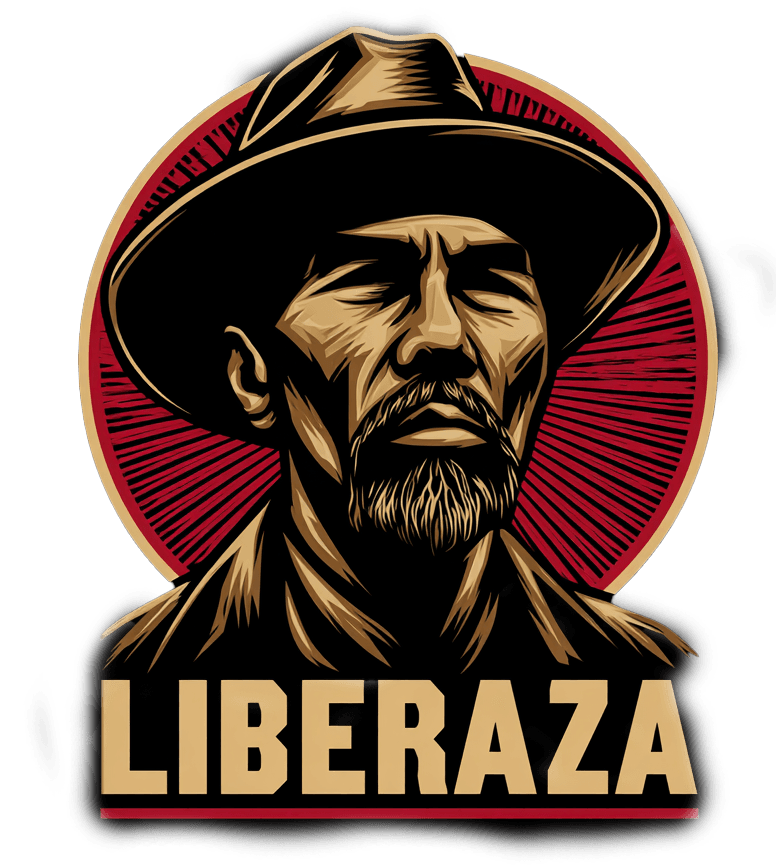Unmasking ICE’s New Era: Why Today’s Enforcement Escalation Demands National Attention
LS
Introduction
In the past year, ICE has dramatically amplified its enforcement tactics—ushering in a new, expansive phase of immigration policy. From indiscriminate workplace arrests to masked agents and mega detention camps, this shift is rooted in a strategic surge of funding and political will. But it’s not just numbers—it shapes communities, challenges civil liberties, and raises urgent questions about national values.
Budget-Driven Expansion—Behind the Numbers
In June 2024, ICE’s incarceration landscape was already broad—but today’s is unprecedented. Since that time, daily arrests have surged a staggering 268%, escalating deportations to over 127,000 individuals—some forcibly sent to unfamiliar nations like El Salvador or Eswatini The Guardian. And behind it all is money: ICE’s budget has ballooned from $8 billion to $28 billion, topped by a gargantuan $45 billion for facilities and personnel Vanity Fair. This operational shift means ICE now has both the means and the mandate to vastly broaden its reach—into factories, farms, courthouses, and college towns.
Policy Overreach – A Departure from “Worst of the Worst”
Despite claims of targeting hardened criminals, ICE’s internal figures say otherwise. Many detained are undocumented individuals without criminal records—often for minor infractions like traffic violations FOX 5 Atlanta+3Vanity Fair+3CalMatters+3. Acting Director Todd Lyons, however, maintains that all undocumented status amounts to unlawful—and justifies even masked, aggressive tactics as necessary for agent protection The Times of India+3The Washington Post+3Vanity Fair+3. But this approach blurs the line between enforcement and intimidation, undermining trust in communities already wary of federal intrusion.
Masked Enforcement – Terror or Safety?
ICE’s use of masks during raids has become emblematic—and controversial. Lyons insists masks protect agents; critics call them a tool of terror. Los Angeles Mayor Karen Bass condemned their use as akin to “violent kidnappings” The Washington Post. Beyond optics, masks shield agents from accountability. When identity is concealed, civil rights violations are harder to trace and prosecute—a troubling precedent for democratic oversight.
Detention at Scale—At What Cost?
ICE is constructing the nation’s largest detention site at Fort Bliss, capable of holding 5,000 individuals, and further expanding capacity in Florida and other states New York Post. But growing space isn't the same as humane treatment: reports from South Florida “jails” describe detainees shackled, kneeling to eat, lacking privacy or medical care—the sort of mistreatment that should be unthinkable in a nation proud of its freedoms The Guardian. If this is enforcement, where is the humanity?
Chilling Effects—Journalists, Workers, and Everyday People
The tentacles of ICE overreach are weaving through daily life. In Atlanta, reporter Mario Guevera was jailed mid-protest—despite charges being dropped—raising alarms about press freedom The Guardian. Meanwhile, farmworkers and Nevada residents now fear raids even far from the border, as enforcement spreads under federal mandate The Nevada Independent. A growing wave of legally-isolated individuals now confronts workplace instability, housing insecurity, and fractured communities.
National Implications & Community Responses
The backlash is real—and cohesive. Sanctuary cities push back in court, federal judges block roving arrests, and widespread protests—from Los Angeles to Las Vegas—reflect mounting dissent Politico+9The Week+9The Guardian+9. Meanwhile, public sentiment shifts: a recent Gallup poll reported 79% of Americans now view immigration as beneficial—even as support for blanket deportation declines to 38% The Week. This is not just an enforcement crisis—it’s a legitimacy crisis.
Path Forward—Balancing Security and Rights
Is there a path that ensures national security without sacrificing democracy? Reformers argue for revisiting due process in deportations—reinstituting bond hearings, transparency laws, and abolishing mask anonymity. Agencies could target serious crimes without casting a net over communities who contribute, comply, and pay taxes. Oversight must be active, not symbolic.
Conclusion
ICE’s transformation—from aggressive arrests to large-scale detentions—reflects more than a policy shift. It signals a choice: will America enforce laws with empathy and oversight, or will it weaponize bureaucracy and fear? Today’s enforcement expansion has far-reaching ramifications—not just for migrants, but for civic trust, justice, and national character. As the country watches, the question becomes urgent: who we will be in this era of enforcement?
